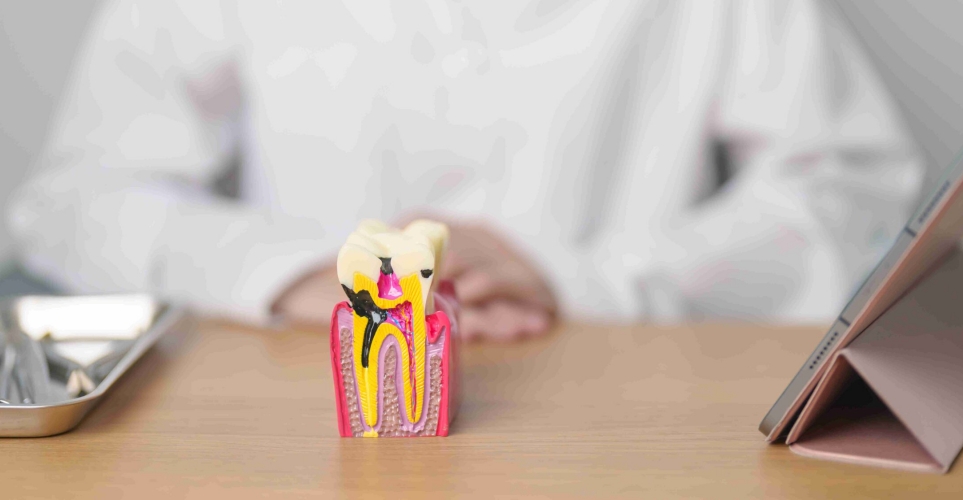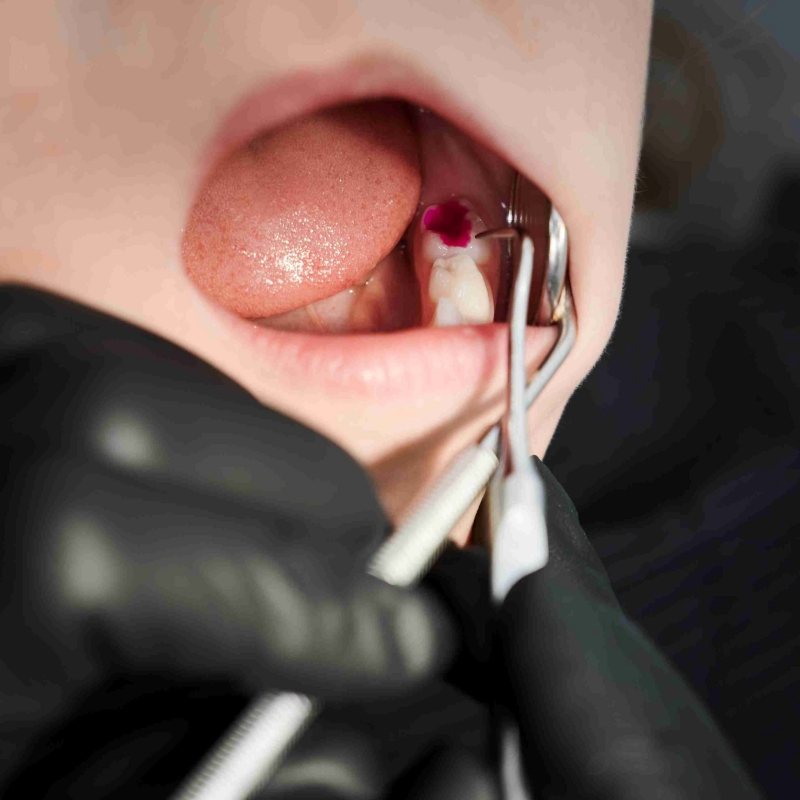
Every time I think about wisdom tooth extraction, anxiety takes over my mind—whether it’s worrying about the procedure, the pain, or how to care for myself afterward. However, all these worries can be eased once you understand the facts about wisdom teeth, which we will explain in this article.
Wisdom teeth are present in everyone’s mouth, but how problematic they become depends on how they erupt and how they are cared for. In the end, wisdom teeth need to be removed, as keeping them can lead to pain, swelling, redness, gum infections, and potentially affecting surrounding teeth, even leading to tumors in extreme cases. When a dentist recommends removing a wisdom tooth to prevent future dangers or severe diseases, it’s essential to know how to prepare for the surgery and what steps to take afterward. How scary is it really? We have the answers to help guide you through the process.
By understanding the details, you can better prepare and alleviate concerns about the wisdom tooth extraction process.
A wisdom tooth, also known as the third molar, is the last set of molars to emerge, typically between the ages of 18 and 25. However, some people may experience earlier or later eruption. Wisdom teeth can emerge in a straight, angled, or horizontal position, often positioned close to adjacent teeth. They can become problematic for several reasons, with the most common being a small jaw size that doesn’t provide enough space or other teeth being too crowded. Genetics can also play a role, as if family members have had issues with wisdom teeth, you may experience similar problems. As a result, wisdom teeth may erupt incorrectly or become impacted, which can lead to various complications.
Wisdom teeth are classified based on how they become impacted in the gums. The four types are:
When wisdom teeth start causing problems, they often send warning signals. These symptoms indicate that you may have an issue with your wisdom teeth and should consult a dentist promptly:

Although wisdom teeth are the last to erupt, they often cause numerous problems, leading many people to decide to have them removed. Wisdom tooth extraction is not necessary for everyone, but leaving them untreated can lead to severe oral health issues over time. Here are the main reasons why wisdom teeth may need to be extracted:
While deciding to remove a wisdom tooth can be challenging, considering the benefits makes it clear that this option is often the best choice for maintaining long-term oral health and improving overall quality of life.
Answer: The recovery time varies for each person depending on the complexity of the surgery and how well they follow post-operative care. Generally, swelling and pain will subside within 3-7 days, but the wound may take about 2 weeks to fully heal.
Answer: After the extraction, it’s recommended to eat soft, easy-to-chew foods that won’t irritate the wound. For the first 1-2 weeks after surgery, consider consuming foods such as porridge, rice soup, clear soup, smoothies, steamed eggs, yogurt, and toasted bread (without seeds). Avoid hard meats, raw vegetables, fibrous fruits, spicy, sour, or overly salty foods, as well as hot or cold foods, and foods with seeds.
Answer: At our clinic, we perform wisdom tooth extractions by dividing the tooth into smaller pieces, making it easier to remove and minimizing the impact on adjacent teeth. As a result, swelling is lessened, and recovery is faster.